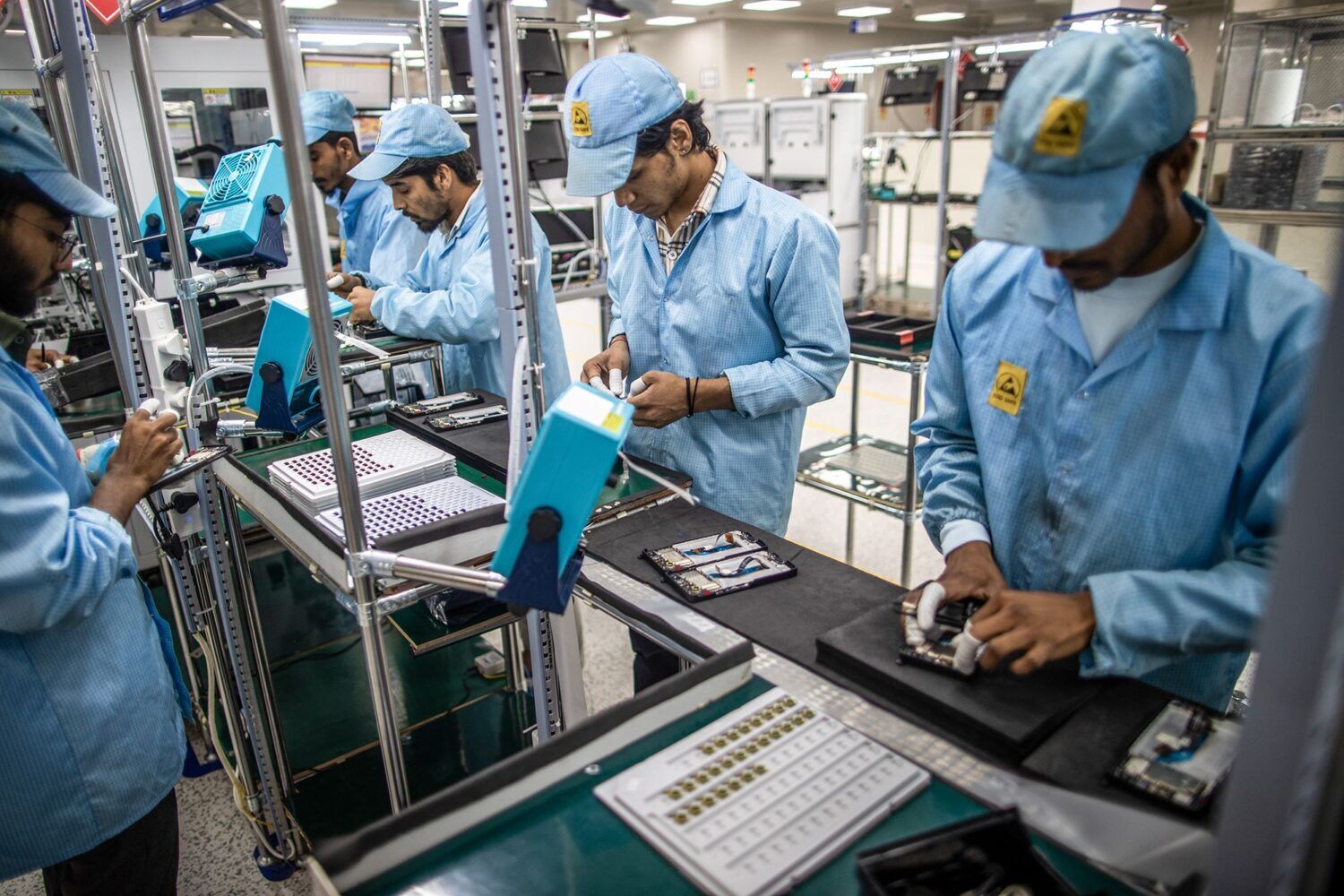The U.S. administration’s recent decision to significantly raise tariffs is anticipated to affect consumer costs in various economic sectors. These alterations in trade policy, which are the most considerable import tax shifts in several decades, are expected to cause marked price hikes for numerous common items over the next few months.
The prices of electronics and technology gadgets seem especially prone to increases. Several consumer electronics items, such as smartphones, laptops, and home appliances, include parts that are impacted by the new tariffs. Experts in the field anticipate these products may experience an 8-12% rise in retail prices as producers and sellers transfer the elevated import expenses to buyers. The timing is notably difficult with the upcoming back-to-school and holiday shopping periods, which may compel consumers to rethink their buying strategies.
Automotive products fall into another group encountering major cost challenges. Imported cars and auto parts from specific countries will face much higher tariffs, possibly leading to price hikes of $1,500-$3,000 on the impacted models. The second-hand car market might also feel the repercussions, with prices likely increasing as consumers move away from pricier new cars. The expense of repairs may also go up as spare parts become pricier.
Home renovation and building materials are anticipated to experience significant price hikes. Products such as steel nails, aluminum extrusions, and various construction supplies are subject to substantial new tariffs that are expected to raise construction project expenses by hundreds or even thousands of dollars. This occurs when housing affordability continues to be a significant concern across the country, potentially worsening difficulties for first-time homebuyers and renters encountering new construction setbacks.
The clothing and footwear industry anticipates widespread price adjustments. While some retailers may initially absorb portions of the increased costs to remain competitive, most analysts expect these savings to be temporary. By mid-2025, many apparel items could carry 10-15% higher price tags, with luxury goods and performance wear potentially seeing even steeper increases due to their specialized materials and manufacturing processes.
Grocery stores may need to raise prices on several imported food items. Certain cheeses, olive oils, and processed foods from specific countries will face new tariffs that could add noticeable amounts to consumers’ weekly food bills. The timing coincides with already elevated food inflation, potentially compounding financial pressures on household budgets.
The tariff impacts extend beyond consumer goods to industrial and business inputs. Manufacturers relying on imported raw materials or components may face difficult choices between absorbing higher costs or raising prices for their customers. This could create ripple effects throughout supply chains, ultimately affecting prices for a wide range of domestic products that incorporate tariff-affected imports.
Specialty products and hobbies represent another area where consumers may feel the pinch. Musical instruments, sporting goods, and craft supplies that rely on imported materials could see significant price jumps. These niche markets often have fewer domestic alternatives, leaving buyers with limited options to avoid the higher costs.
El impacto económico completo dependerá de varios elementos, como la rapidez con la que los importadores puedan modificar sus cadenas de suministro, la disponibilidad de alternativas nacionales y posibles medidas de represalia de los socios comerciales. Algunos economistas advierten que el efecto acumulado en diversas categorías de productos podría afectar significativamente las medidas de inflación y los patrones de gasto de los consumidores en los próximos meses.
Some sectors might feel the effects sooner than others. Items with extended inventory durations, such as cars and home appliances, might not display price adjustments for several months as merchants manage their current inventory. On the other hand, products with quick sales rotation, like clothing and seasonal goods, may exhibit the influence of tariffs more promptly.
Consumers looking to mitigate the financial impact might consider several strategies. Purchasing domestic alternatives where available, timing major purchases before full tariff effects materialize, or exploring used markets could help offset some of the expected price increases. However, for many imported goods with limited substitutes, avoiding higher costs may prove challenging.
The tariff changes arrive during a period of economic uncertainty, with many households already adjusting to elevated prices across numerous categories. The additional pressure on specific product groups could force difficult budgeting decisions and potentially alter consumption patterns in ways that ripple through the broader economy.
As companies and buyers adjust to the evolving trade environment, the complete implications of these policy shifts will slowly reveal themselves. What is definite is that the pricing framework for numerous common goods is undergoing a notable transformation, and consumers in the United States are expected to notice the impacts at cash registers across the country.




